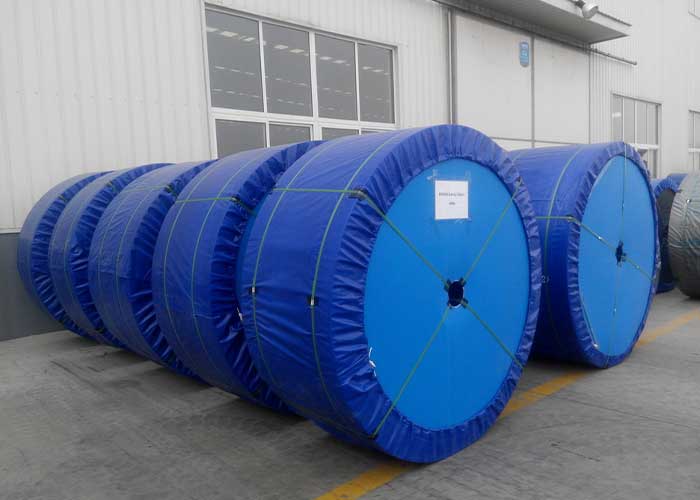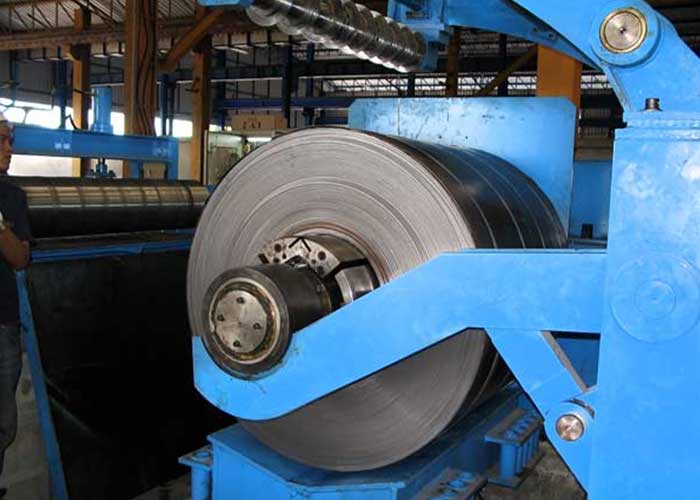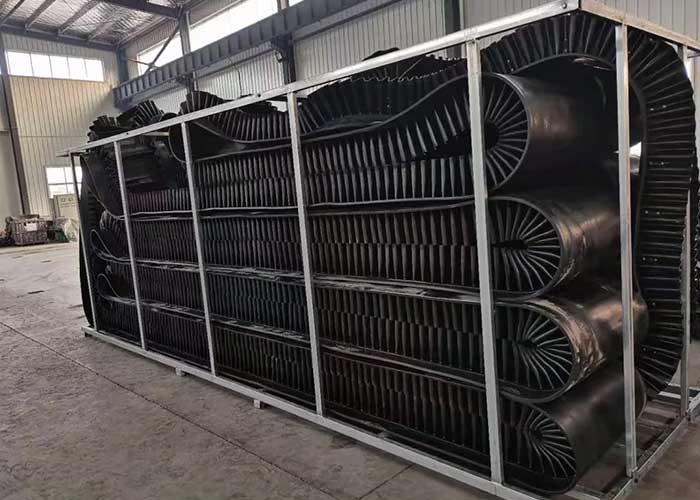Storage and handling of PVC (Polyvinyl Chloride) and PU (Polyurethane) conveyor belts are critical to ensure their longevity and performance. Here are some guidelines for both storage and handling:
Storage Guidelines
Store belts in a dry, cool, and dark environment to prevent degradation from sunlight and humidity.
Maintain storage temperatures within recommended ranges for PVC and PU belts. Typically, this is between 0°C to 25°C (32°F to 77°F).
Keep belts away from chemicals, oils, solvents, and direct heat sources, as these can damage the belt material.
Store belts in a rolled position on a flat surface or a suitable drum with a larger diameter to prevent creases and maintain belt integrity.
Cover belts with a protective layer (e.g., plastic sheet) to shield them from dust, moisture, and mechanical damage.
Rotate stock to ensure older belts are used first to maintain product freshness and usability.
Handling Guidelines
Handle belts carefully to avoid contact with sharp edges or abrasive surfaces that could cause cuts or tears.
Lift and transport belts using proper lifting equipment (e.g., belt lifters) to prevent bending or straining the belt material.
When rolling or unrolling belts, do so with care to avoid twisting or kinking, which can lead to permanent damage or deformation.
Before installation or use, clean belts gently using mild detergent and water if necessary, avoiding harsh chemicals that can degrade the belt material.
Cover belts with a protective layer (e.g., plastic sheet) to shield them from dust, moisture, and mechanical damage.
Use tools and equipment designed for handling conveyor belts to minimize the risk of damage during handling operations.
Follow manufacturer guidelines for installation to ensure proper tensioning and alignment, which are critical for belt performance and longevity.
- Inspection: Regularly inspect stored belts for any signs of damage or deterioration.
- Documentation: Maintain records of storage conditions, handling procedures, and inspections.
- Training: Train personnel on proper handling and storage practices to ensure compliance and minimize risks.
Additional Tips
Regularly inspect stored belts for any signs of damage or deterioration.
Maintain records of storage conditions, handling procedures, and inspections.
- Training: Train personnel on proper handling and storage practices to ensure compliance and minimize risks.
Train personnel on proper handling and storage practices to ensure compliance and minimize risks.
By adhering to these storage and handling guidelines, you can significantly extend the lifespan and reliability of PVC and PU conveyor belts, ensuring they perform optimally throughout their service life.
Defining The Best
Storage Techniques!
The methods of storing and handling conveyor belting and the procedures for tensioning it before making the final splice are just as important as making the splice.
Protect your conveyor belt investment with proper storage. Belts should always be stored upright in the factory package until used in a cool, dry building & in an area free from sunlight. Store the belt roll suspended on a tube, bar or support stand. Under no conditions should rolls of belt, raw edge or used, be laid flat on its side.
Storing the belt flat on the ground, where moisture can penetrate exposed fabric, or storing the belt roll with weight on one edge, may stretch the belt. This can cause belt camber or a bowing in the belt, resulting in serious belt miss-tracking.


Best Practices for
Extended Storage
During extended storage, the belt roll should be covered with a tarp or dark plastic. Exposure to sunlight, rain and ozone can have detrimental effects on the rubber covers.
The cover should remain in place for the entire storage time. Ideally, the belt should be rotated 90 degrees approximately every 90 days. Rotation should be performed in the same direction used to wind up the belt. Rotating in the opposite direction could cause the roll to loosen or telescope. It is important to make sure the belt is not exposed to extreme temperatures during storage. Ideal temperature for storing a belt is between 10° C and 35° C. Temperatures outside of this range for an extended period of time can have detrimental effects on the rubber compounds.
Know More
Handling in The Right Direction is Essential!
Conveyor belting is customarily packaged in cylindrical reels, or rolls on a core with the carrying cover side facing out. If rolling is necessary, it should occur in a direction such that the end of the roll on the outside wrap travels in the direction from which it is wound up.
Rolling in the opposite direction tends to loosen and telescope the belt.
Reels or rolls should never be dropped from a freight car, truck, or other means of conveyance, since their weight will break the packaging and may damage the belt. Reels or rolls should always be rolled, or provision should be made for hoisting them. For hoisting, a square lifting bar of the correct size should be placed through the hole in the center of the core. A spreader bar should be utilized to prevent the chains or slings from damaging the edges of the conveyor belt. Slings or chains of the correct size for the weight of the roll should be used (Fig. 1).

